Welcome to the world of second shooting! Being a second shooter isn’t just about snapping photos; it’s about becoming an invaluable asset to the lead photographer and capturing moments that complete the story of the day. Whether you are just starting out or looking to up your second shooting game, this guide will walk you through the steps to becoming an exceptional second shooter.

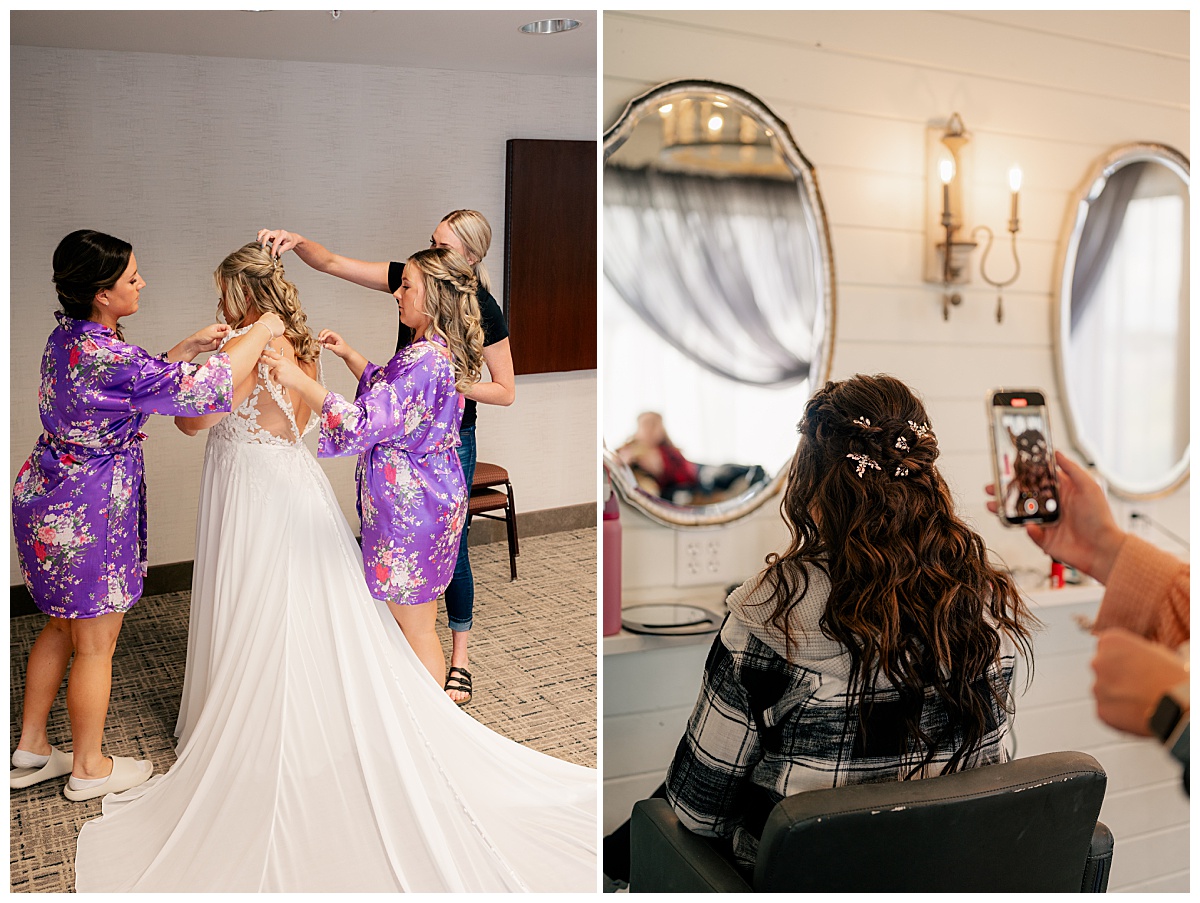
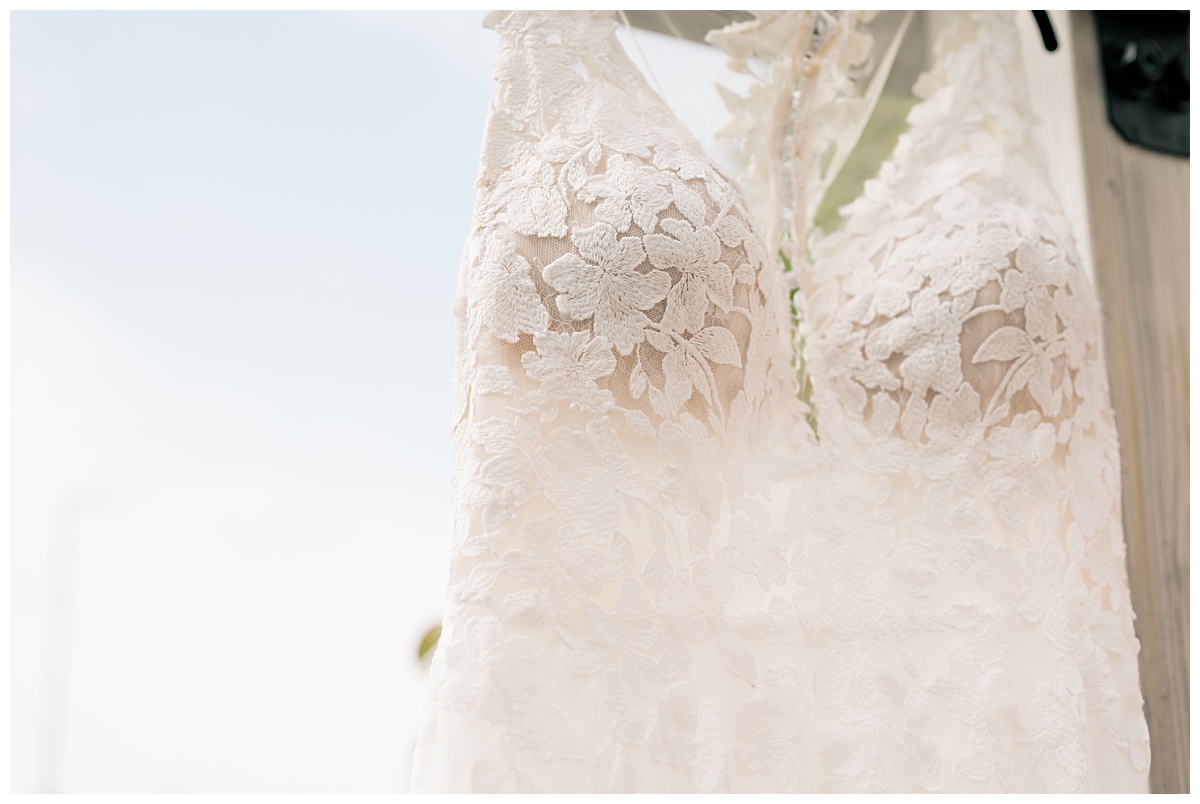
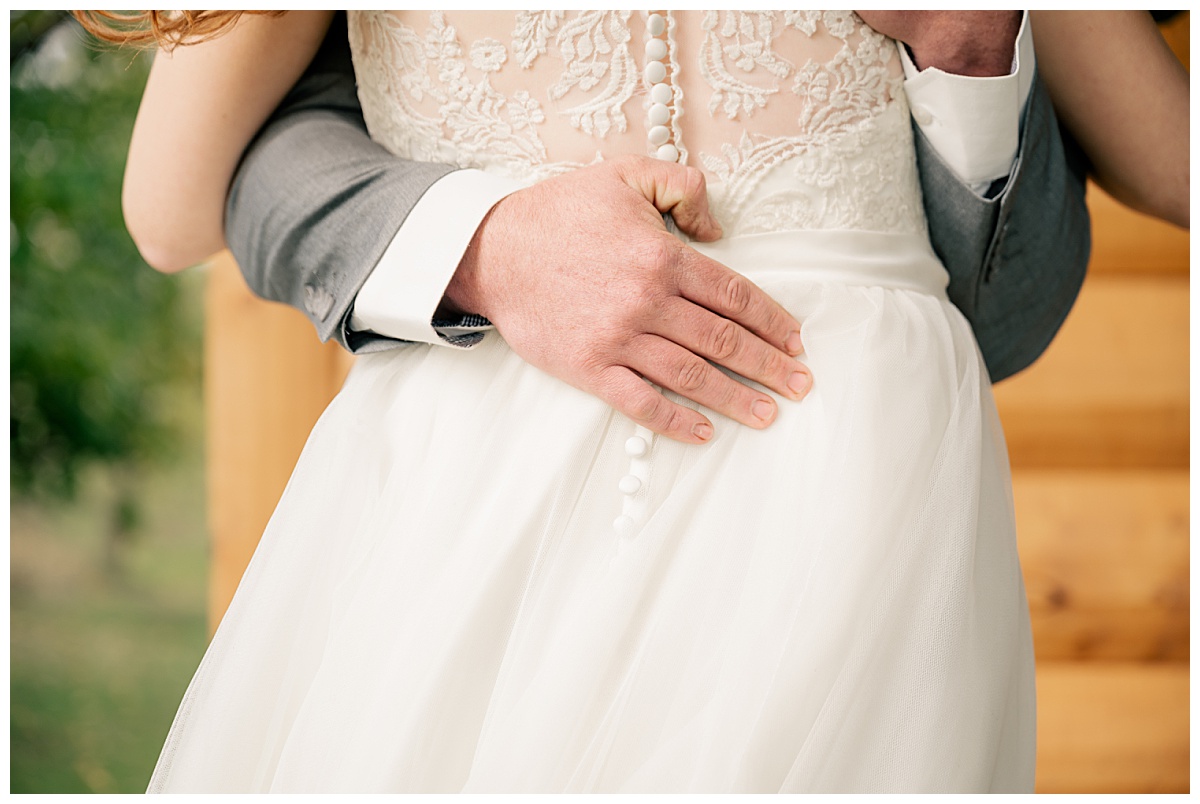
Before the Wedding Day
Preparing for the Shoot
Communication is key to a successful partnership with the lead photographer. Take the time to discuss shooting styles, expectations, and gear preferences beforehand. Familiarize yourself with the wedding timeline to ensure you’re prepared for each part of the day.
Gear Essentials for Second Shooters
Pack your gear bag with essentials like extra batteries, memory cards, and lenses. It’s also a good idea to have backup equipment in case of emergencies.
Professionalism
Dress the part and arrive early! A professional appearance and a positive attitude go a long way in establishing trust with the lead photographer. Teamwork is key to becoming an exceptional second shooter.
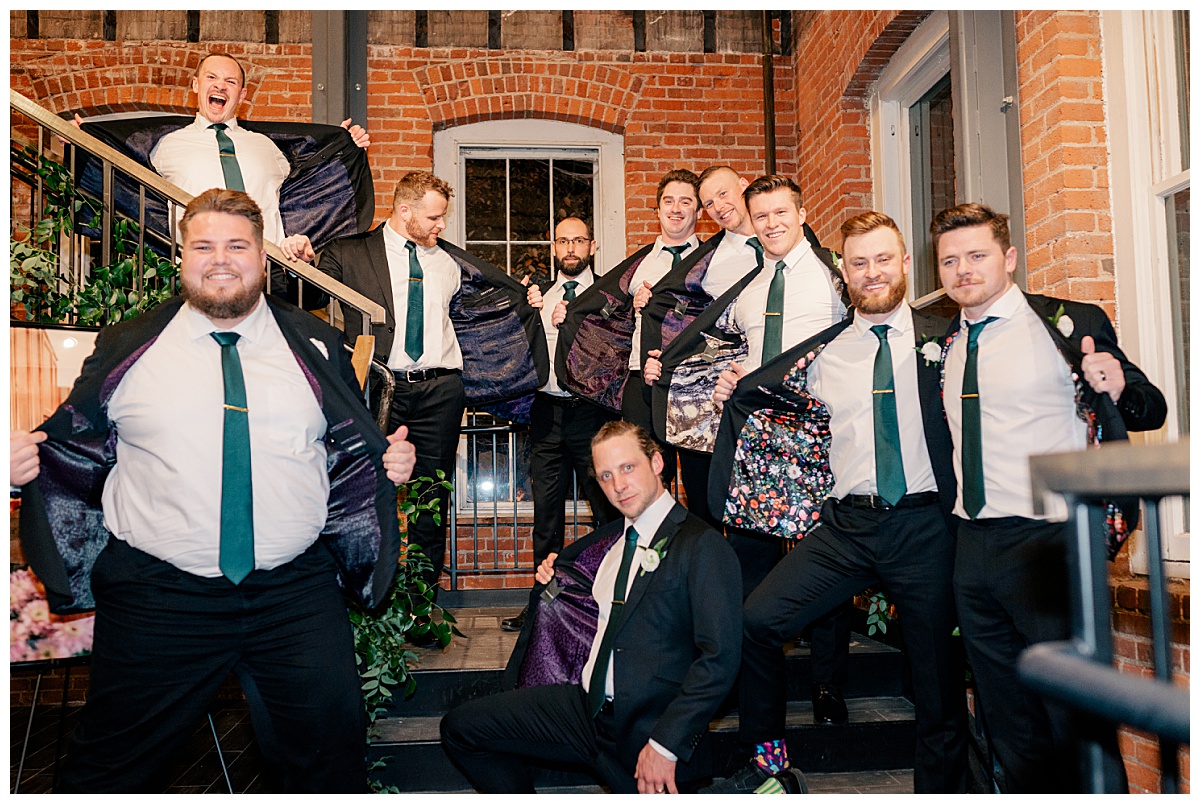
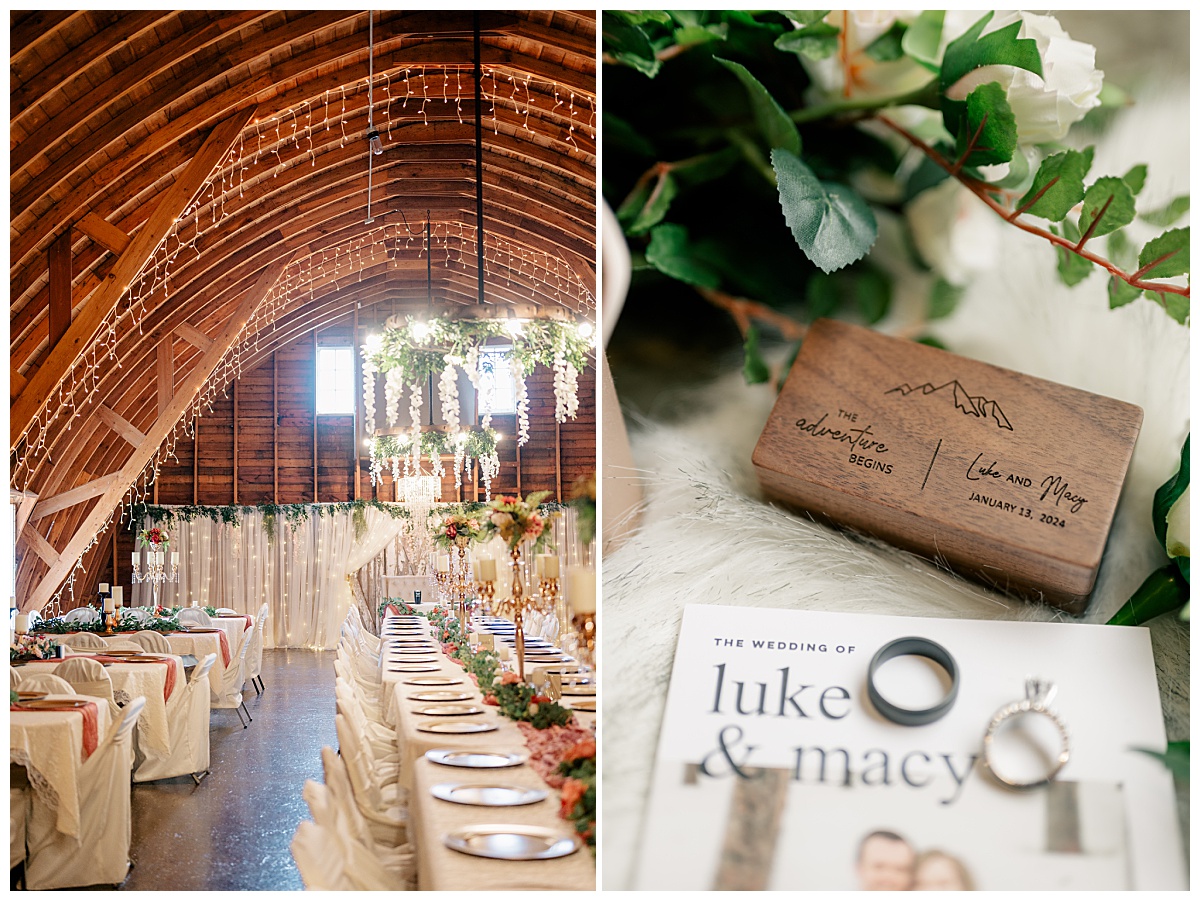
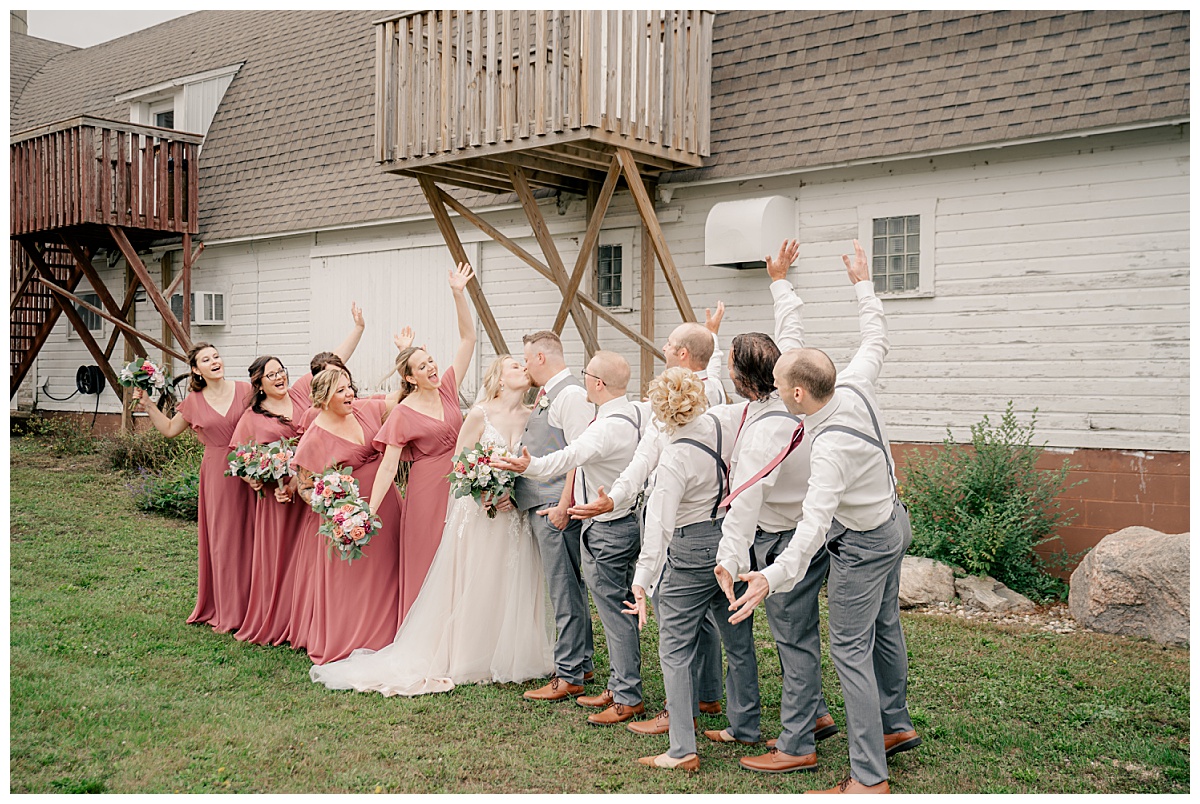
Day of the Wedding
Be Observant and Proactive
Keep an eye out for candid moments and unique angles that complement the lead photographer’s shots. Be ready to assist when needed by holding light reflectors, changing lenses, or adjusting settings. Always be mindful of not obstructing the main shots.
Capture Specific Moments
Focus on capturing details and emotions that the lead photographer may miss. From intimate getting-ready shots to candid guest interactions, your perspective adds depth to the storytelling. It’s all about the details!
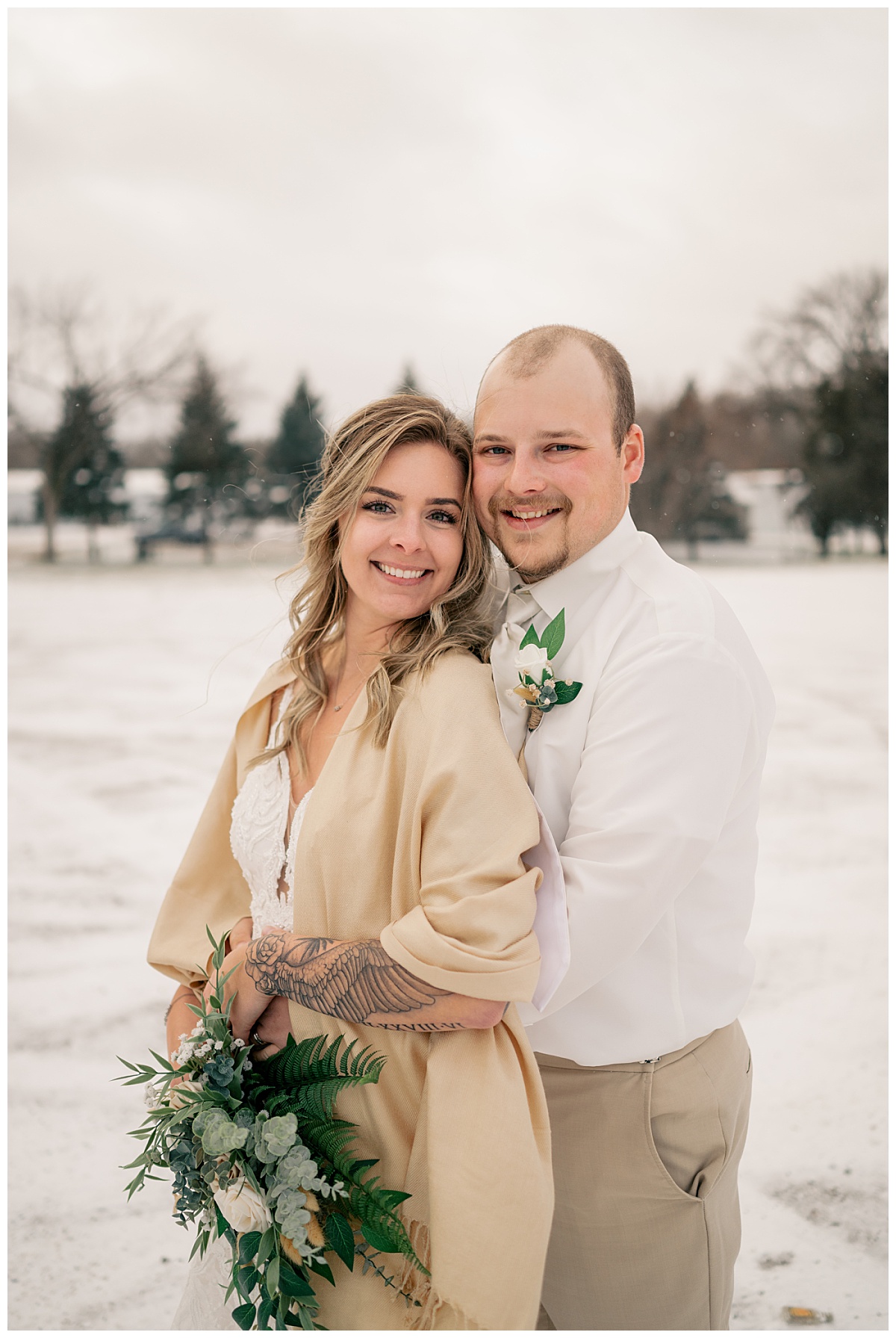
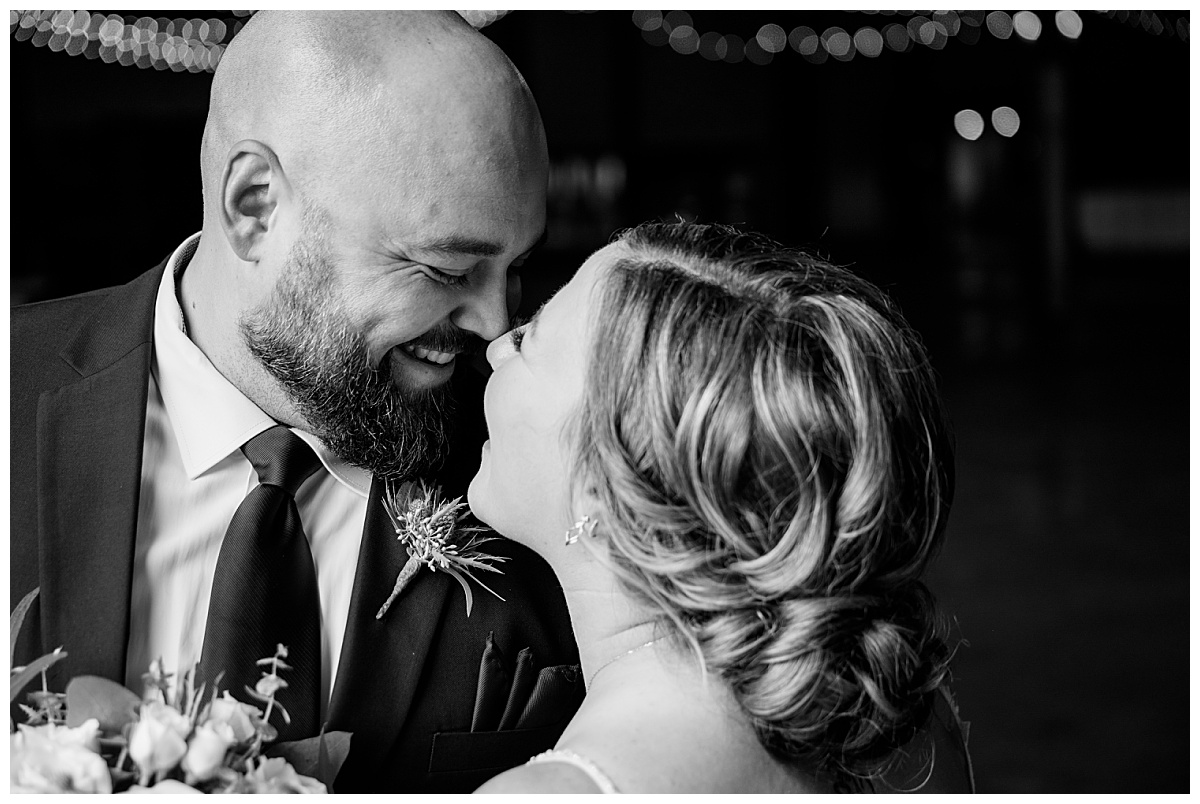
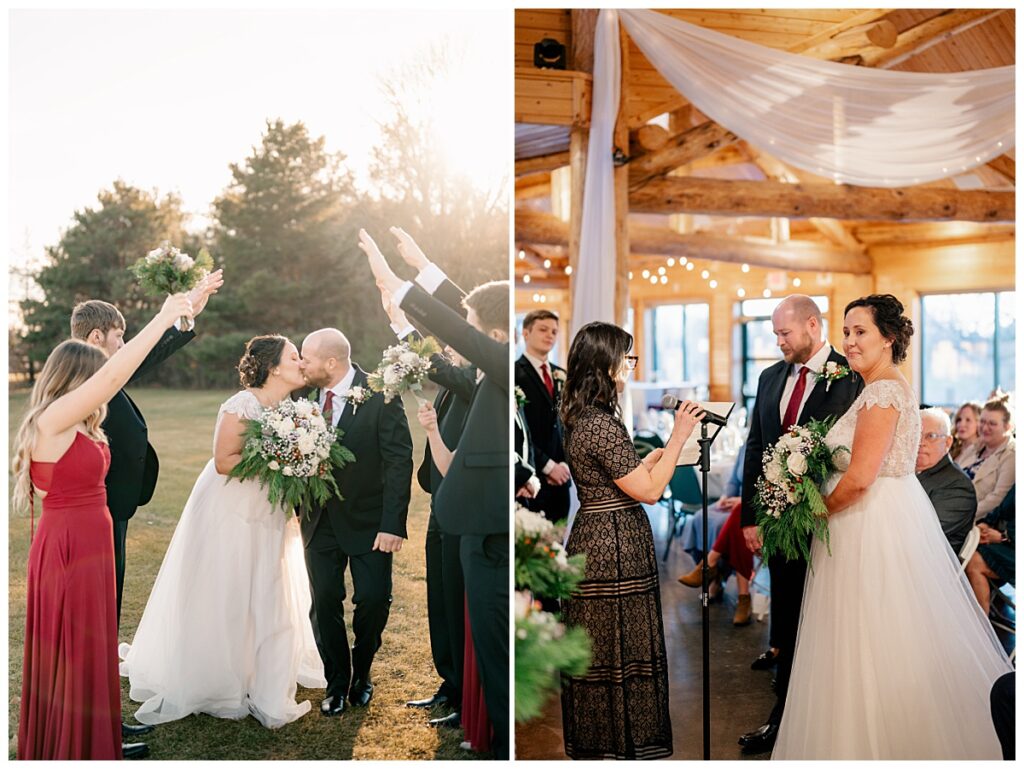
After the Wedding
Respect the Workflow
Follow the lead photographer’s post-processing guidelines if they have them, and refrain from editing or sharing client images without permission. Respect their vision and process to maintain consistency in the final product.
Building Relationships
This is a critical part of becoming an exceptional second shooter! Express gratitude to the lead photographer for the opportunity and seek feedback for future growth. Offer to help with culling or basic edits if needed, but always confirm first. You want to establish a positive relationship and demonstrate your helpfulness!
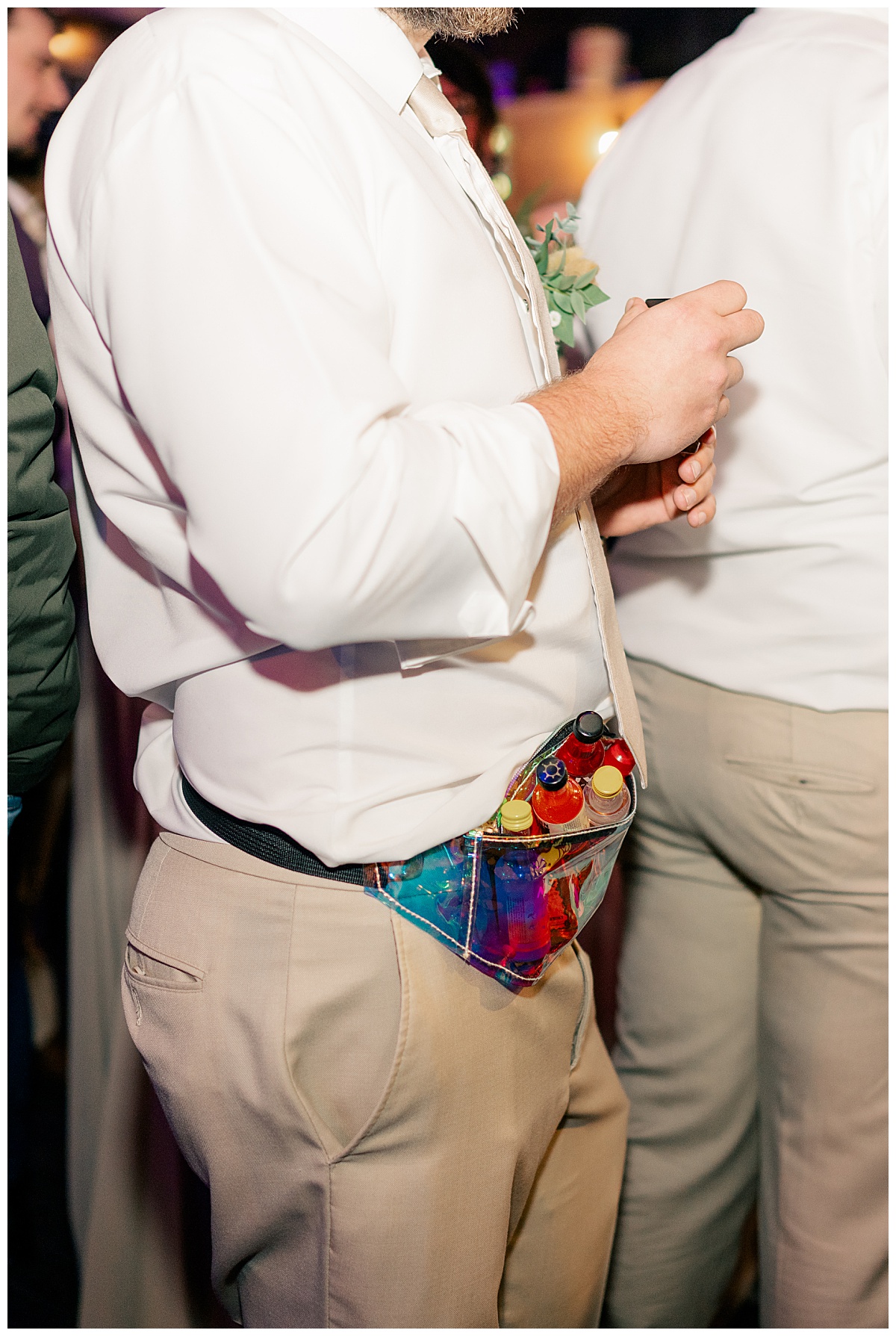
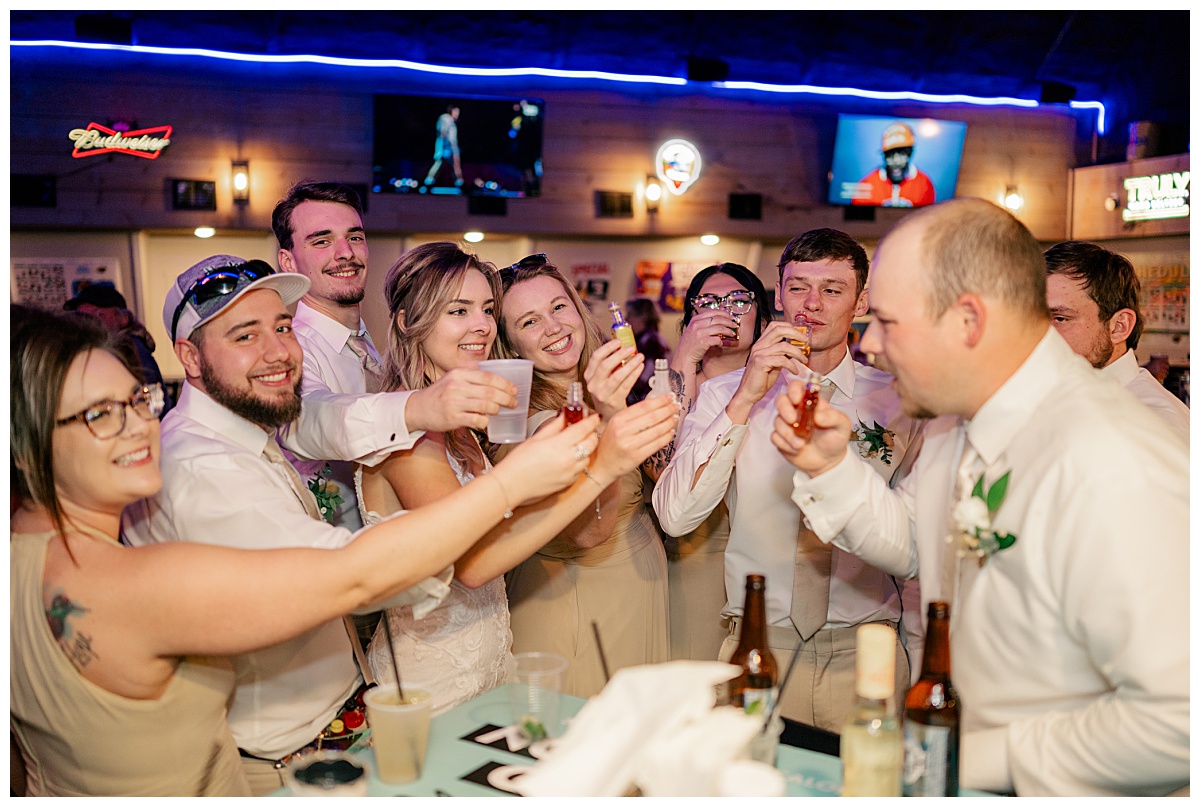
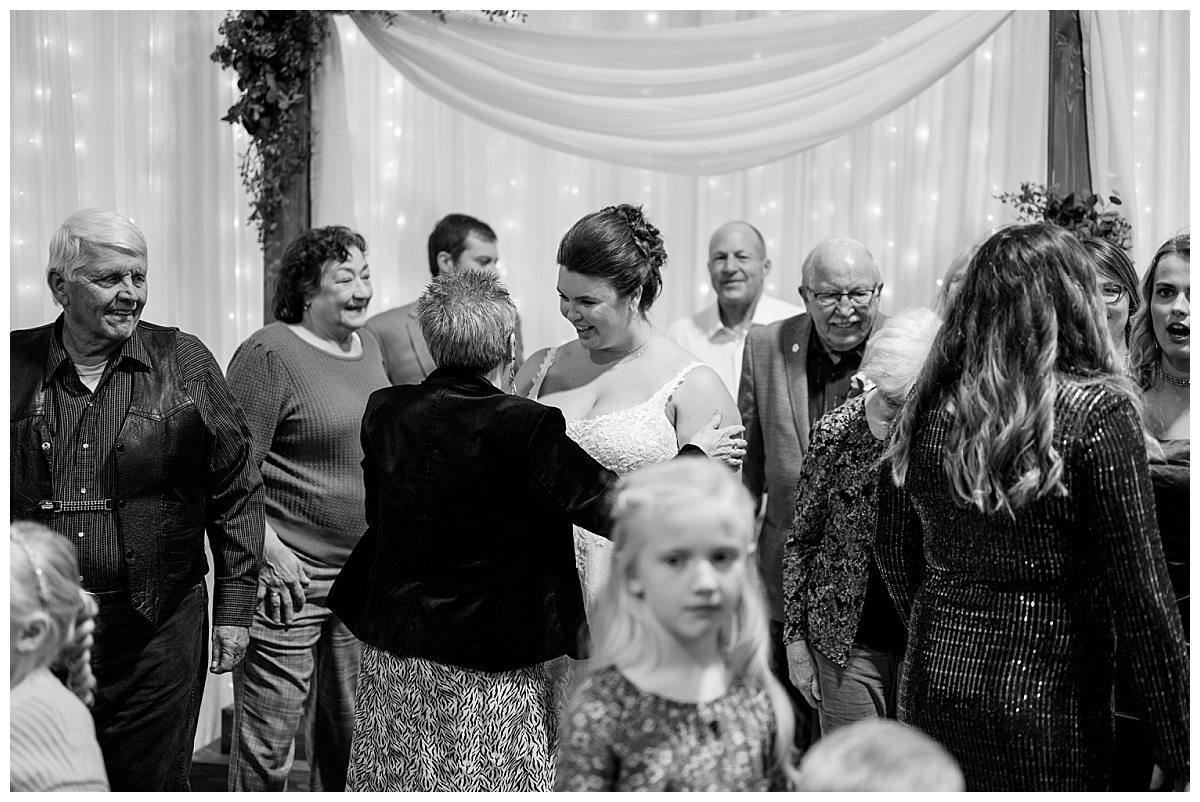

Bonus Tips
Importance of Networking
Building connections with other photographers is invaluable. Attend industry events, join online communities, and collaborate on projects to expand your network and opportunities. Give the lead photographer positive things to say about you to the other photographers in their network. Word of mouth and referrals are crucial parts of booking more jobs.
Marketing Yourself as a Second Shooter
Create a portfolio showcasing your best work as a second shooter. Highlight your ability to complement the lead photographer’s style and capture unique moments. Utilize social media and word-of-mouth referrals to market yourself to potential collaborators.
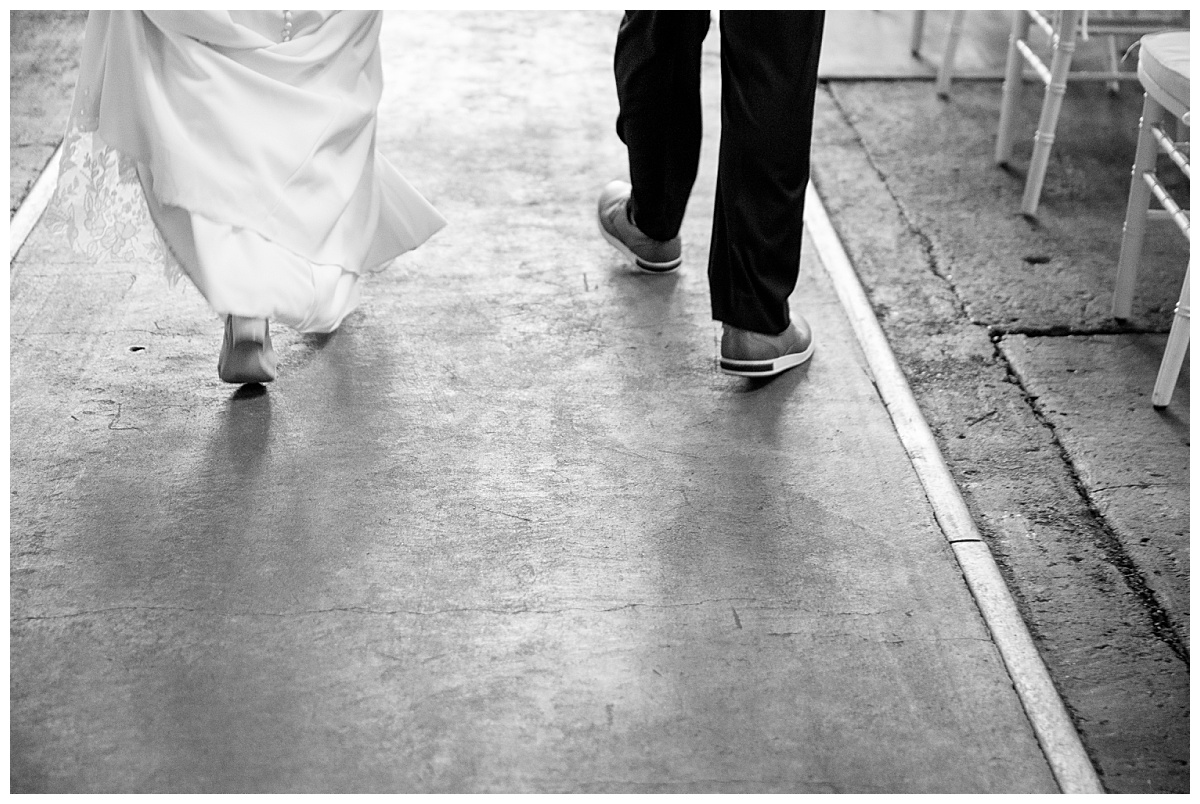
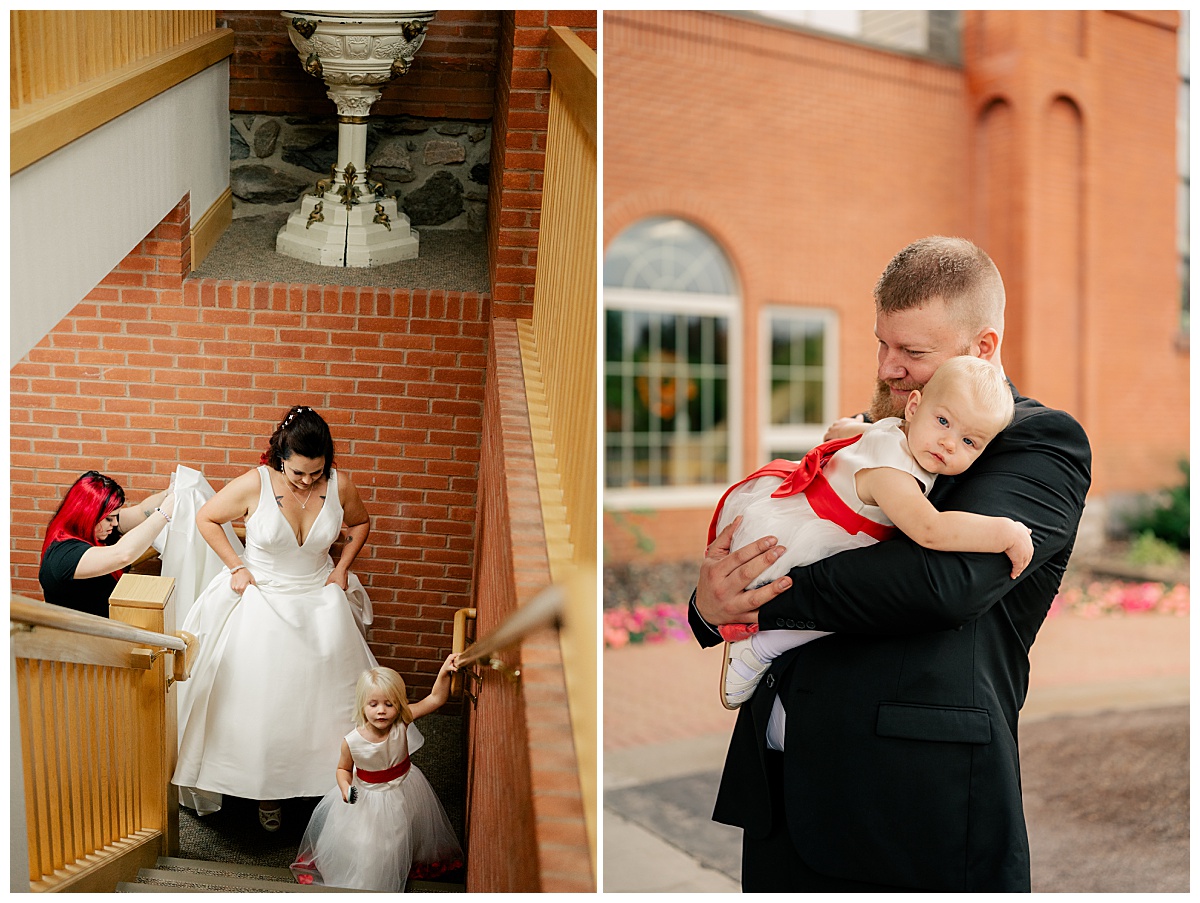
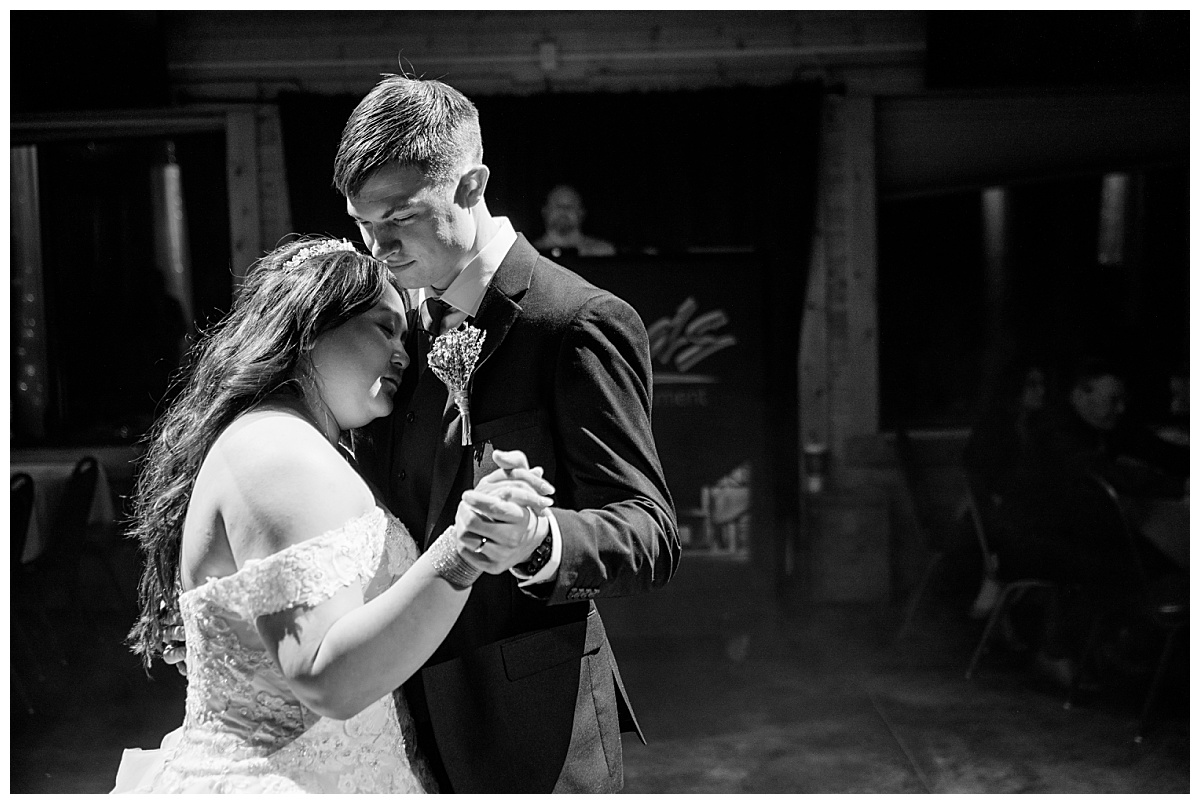
Becoming an exceptional second shooter is about more than just taking photos; it’s about being a reliable partner, a creative collaborator, and a storyteller in your own right. By following these guidelines and continuously honing your skills, you’ll become an indispensable asset to any photography team. Happy shooting!
leave a comment